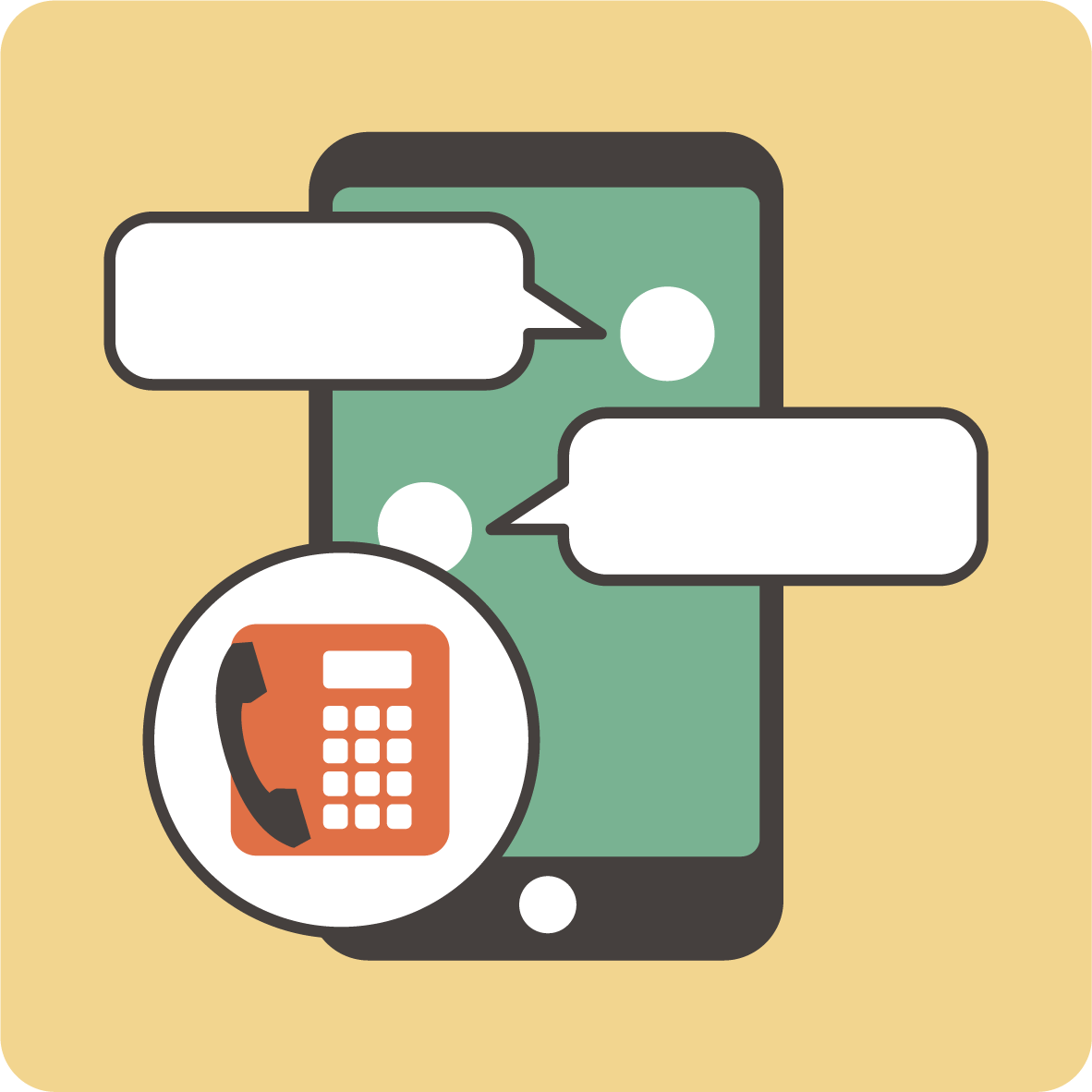
5 Communication and Information
-
-
After a major disaster, when a lot of people use phones at the same time, calls may not get through. Use the methods detailed under 5-2 to contact others.
-
In case of an emergency (calling for the police, an ambulance or the fire department) or when you really want to make a call, you can use a public telephone.
Public telephones that can be used to make international calls will be labeled as such.
How to use a public telephone-
In an emergency (calling for the police, an ambulance or the fire department)
① Pick up the receiver. You will not need money.
-
② If there is a red button, press it.
If there is no red button, you can dial immediately. ③ To call the police, dial 110.
To call an ambulance or the fire department, call 119.
-
When you really want to make a call
① Pick up the receiver. Insert money.
Most public telephones accept 10 and 100 yen coins.
Some also accept contactless payment systems.
After a major disaster, some public telephones will allow calls even if you don't insert money.-
② Dial the phone number.
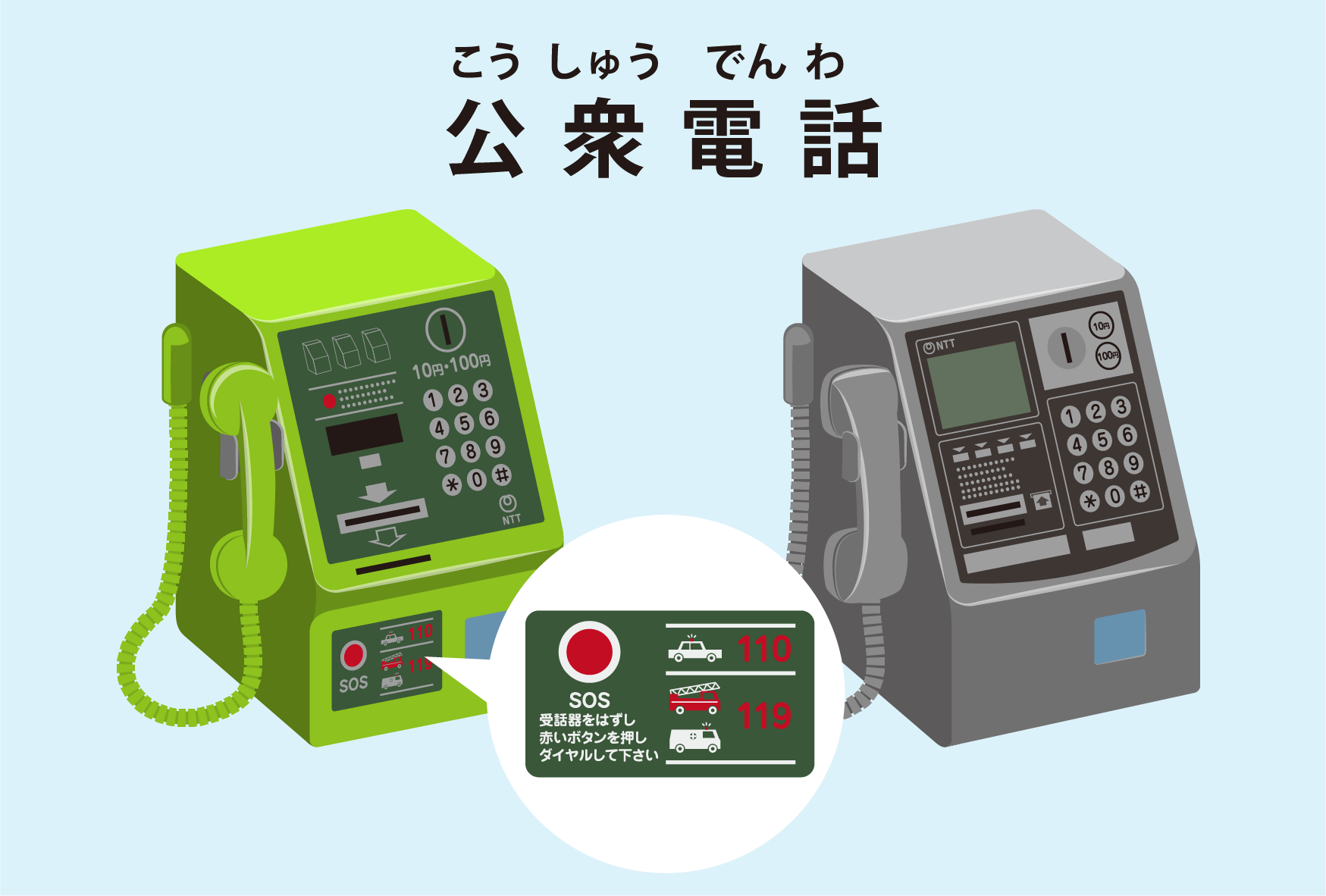
See the following page for the locations of public telephones.
■Public Telephones Installation Site Search (NTT East)https://publictelephone.ntt-east.co.jp/ptd/map/search/addrlist/13/ (Japanese)
-
-
-
After a major disaster, when a lot of people use phones at the same time, calls may not get through. You can use the following methods to check if family members or friends are safe.
Before a disaster occurs, agree on a method of communication with those close to you.-
Internet
-
①
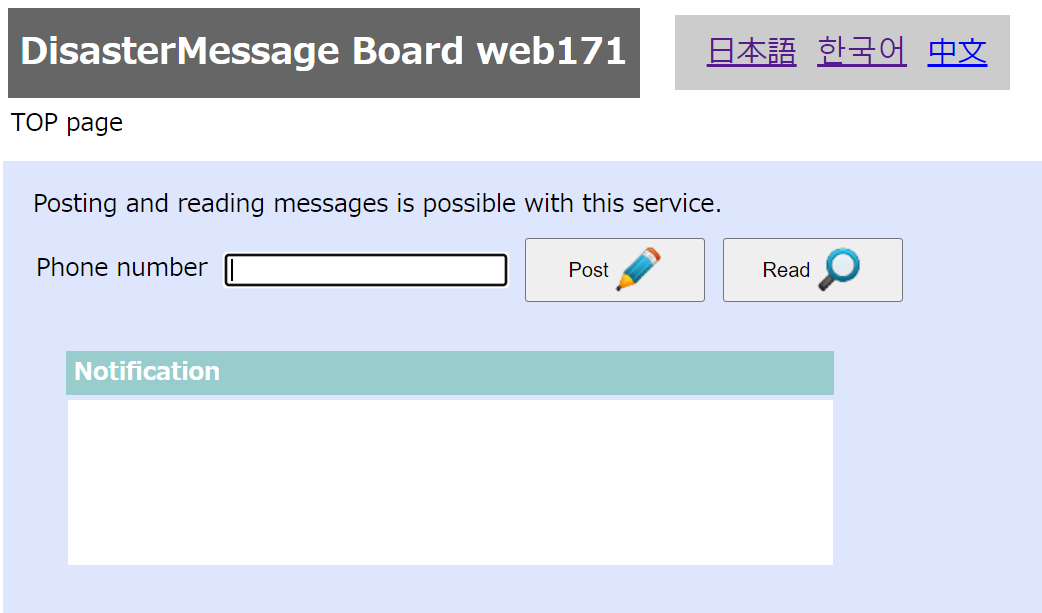
Disaster Message Board (web171)
(NTT East・NTT West)
You can leave a message in text form on the website.
People who know your phone number will be able to view the message.https://www.web171.jp/
(Japanese, English, Chinese, Korean) -
②
Mobile Phone Disaster Message Board Services
On the websites of the Mobile Phone providers (NTT docomo, SoftBank, KDDI (au), Y! mobile, Rakuten Mobile), you can leave a message in text form.
People who know your phone number will be able to view the message.
You can also see messages registered to other mobile providers' sites.
■NTT docomo
https://www.docomo.ne.jp/info/disaster/disaster_board/
(Explanation: Japanese)
http://dengon.docomo.ne.jp/top.cgi?es=0(Japanese)
http://dengon.docomo.ne.jp/Etop.cgi?es=0(English)
■SoftBank
https://www.softbank.jp/mobile/service/dengon/boards/
(Explanation: Japanese)
http://dengon.softbank.ne.jp/(Japanese)
http://dengon.ezweb.ne.jp/E/service.do(English)
■KDDI(au)
https://www.au.com/mobile/anti-disaster/saigai-dengon/
(Explanation: Japanese)
http://dengon.ezweb.ne.jp/(Japanese)
http://dengon.ezweb.ne.jp/E/service.do(English)
■Y! mobil
https://www.ymobile.jp/service/dengon/(Japanese only)
■Rakuten Mobile
https://network.mobile.rakuten.co.jp/service/disaster_board/
(Japanese only)
-
③ Google Person Finder
You can record your own safety status and check the status of family and friends.
https://google.org/personfinder/japan (Japanese)
https://google.org/personfinder/japan?lang=en((English) -
④ Facebook Safety Check
In the event of a disaster, you can report your own safety status on Facebook and also check the status of family and friends.
https://www.facebook.com/help/141874516227713/ (Japanese)
https://www.facebook.com/about/safetycheck/(English)
-
①
-
By Phone
Disaster Emergency Message Dial (171)
If you can't get through to people on the phone, you can still use phones (mobiles, landlines and public telephones) to leave messages.
If friends or family members have left messages, you can listen to them.
You can use mobile phones, landlines and public telephones to listen to them.
For public telephones, leaving messages and listening to them is free.
The explanatory audio is in Japanese only.
Please see the following page for information on how to use the service.
■Disaster Emergency Message Dial (171) (NTT East) -
Other Methods
① Ask staff at Evacuation Centers (hinanjo) near your family member/friend's home.
② Ask at the city office for the area your family member/friend lives in.
③ Ask at the embassy for your friend/family member's home country.
-
-
-
Information from Local Governments
-
Information can be found on the local government's website, social media (Facebook, LINE, X (formerly Twitter), etc.), disaster prevention apps and in information booklets. Search online or ask others for help.
-
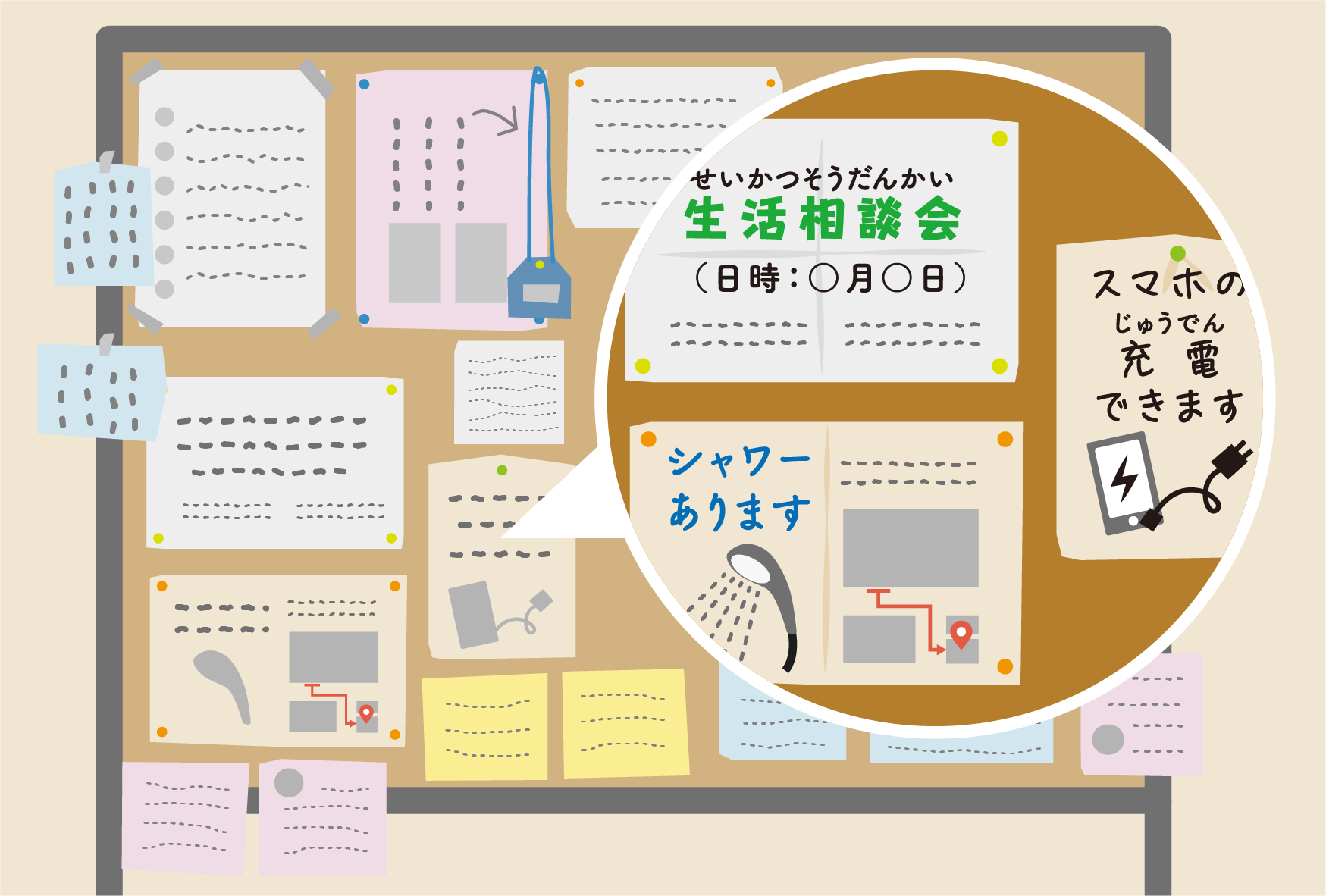
You can get information at a local Evacuation Center (hinanjo). Look at the Evacuation Center's notice board.
-
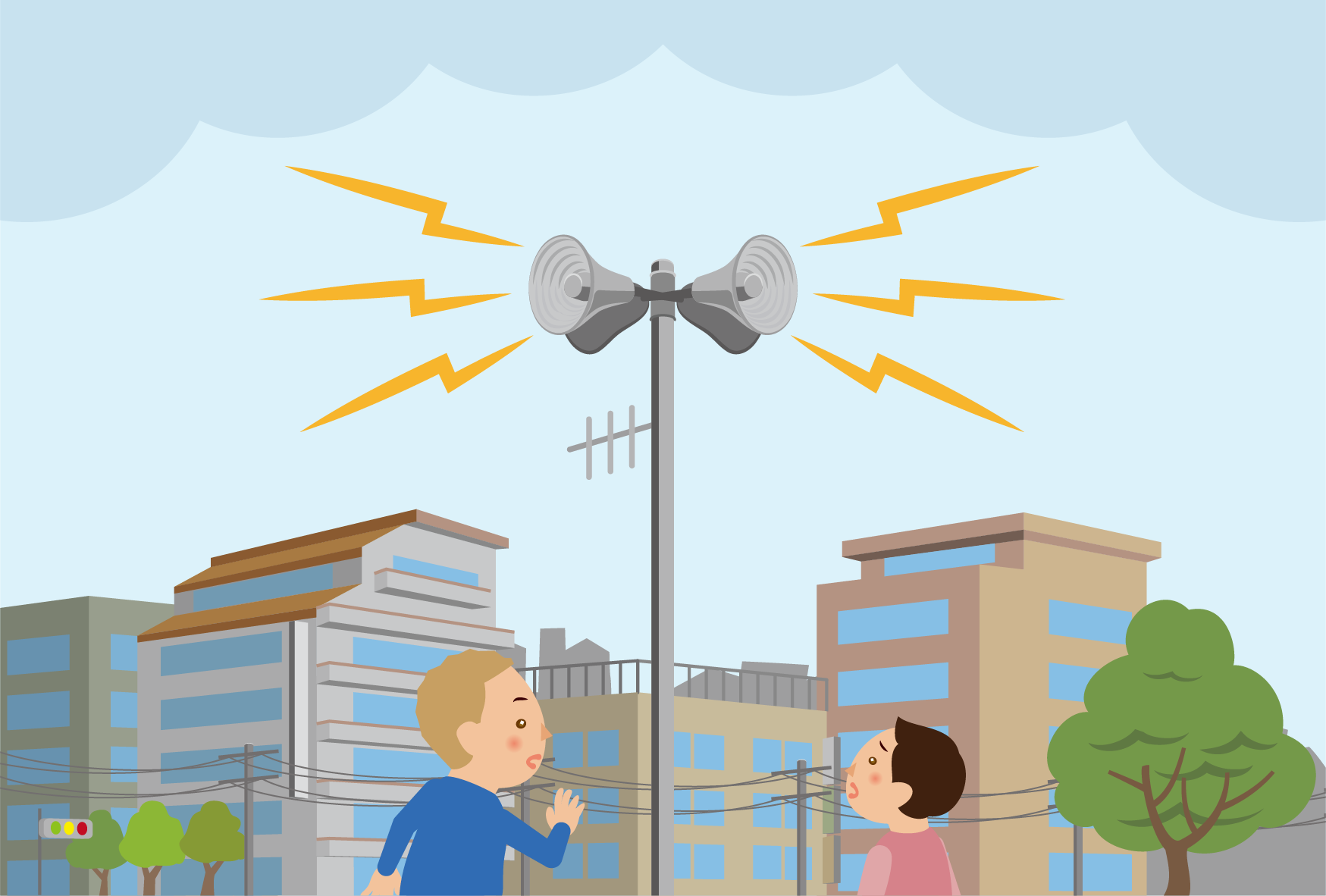
In the event of a disaster, local governments will broadcast important information.
If you don't understand Japanese, ask Japanese speakers who speak your language what the broadcast is saying. -
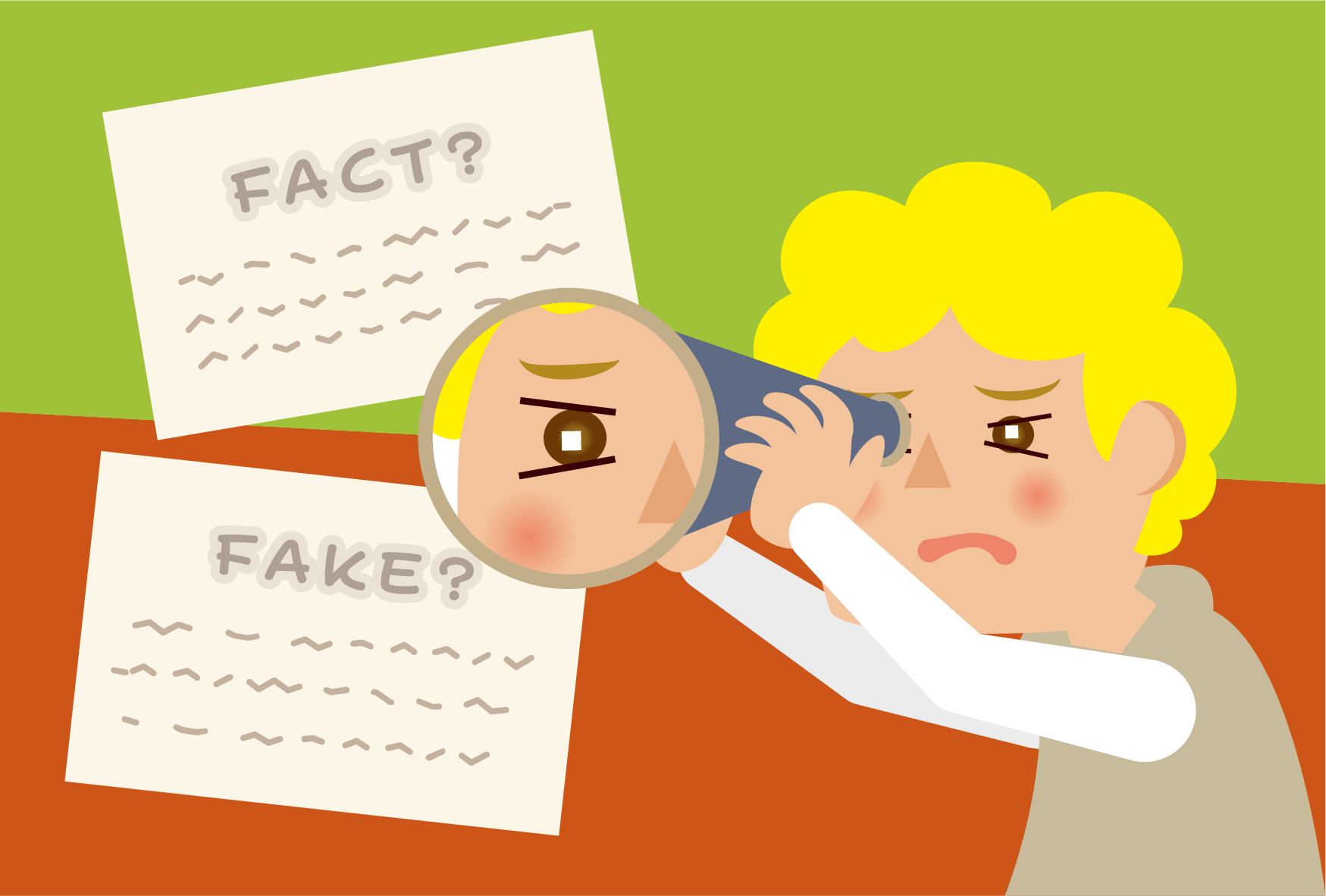
Following a disaster, a lot of false information gets spread.
If you see or hear information that you think may be false, consult with the city office or the police.
-
-
Tokyo Metropolitan and National-level Information
-

【Tokyo】Disaster Preparedness Tokyo App (Disaster Prevention Division, Bureau of General Affairs, Tokyo Metropolitan Government)
When a disaster occurs in Tokyo, evacuation and disaster information can be found in this app. You can also view disaster prevention maps and weather information for Tokyo. (4 Languages)https://www.bousai.metro.tokyo.lg.jp/1028747/index.html
(Japanese・Machine translation) -
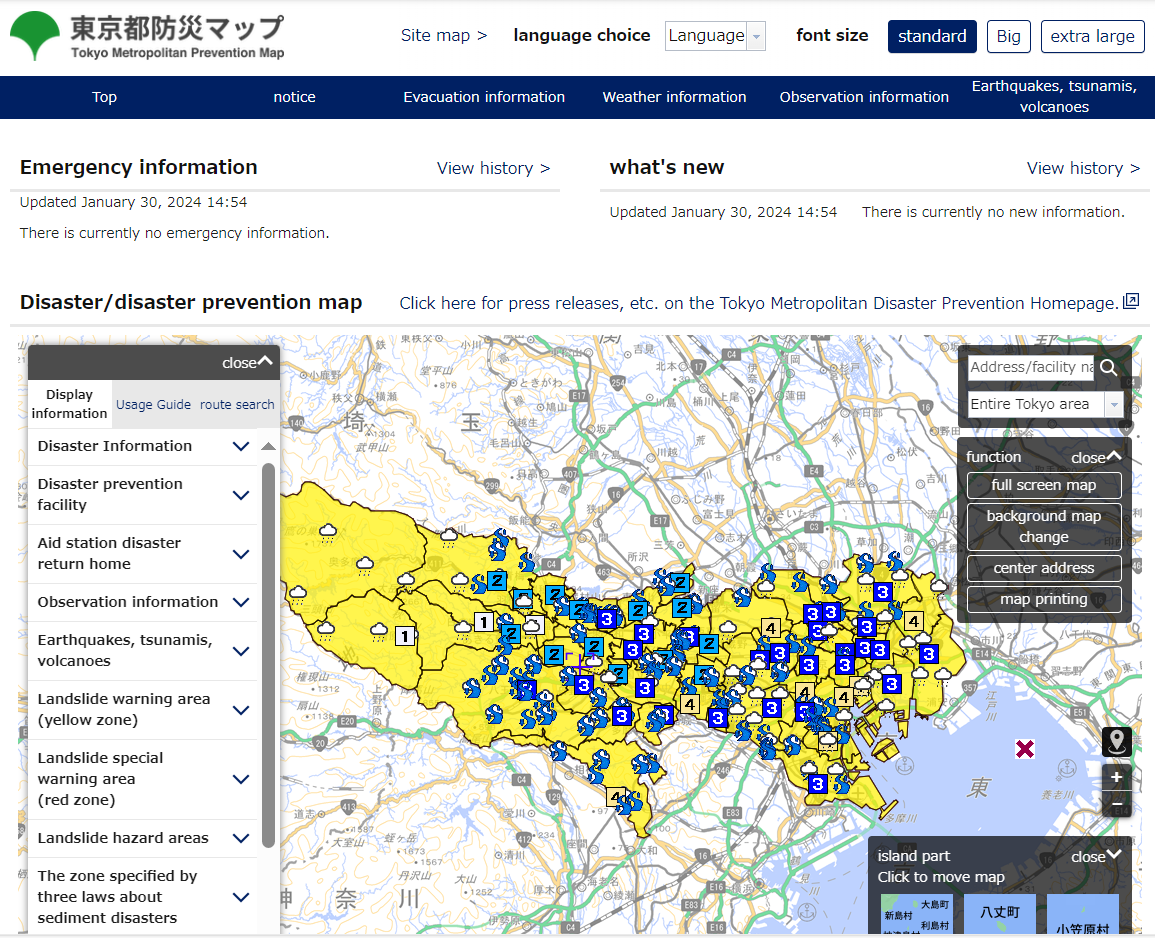
【Tokyo】Tokyo Metropolitan Prevention Map (Disaster Prevention Division, Bureau of General Affairs, Tokyo Metropolitan Government) You can find disaster and evacuation information for Tokyo, and the locations of Evacuation Areas and Centers.
https://map.bosai.metro.tokyo.lg.jp/(Machine translation only - English, Chinese, Korean)
-
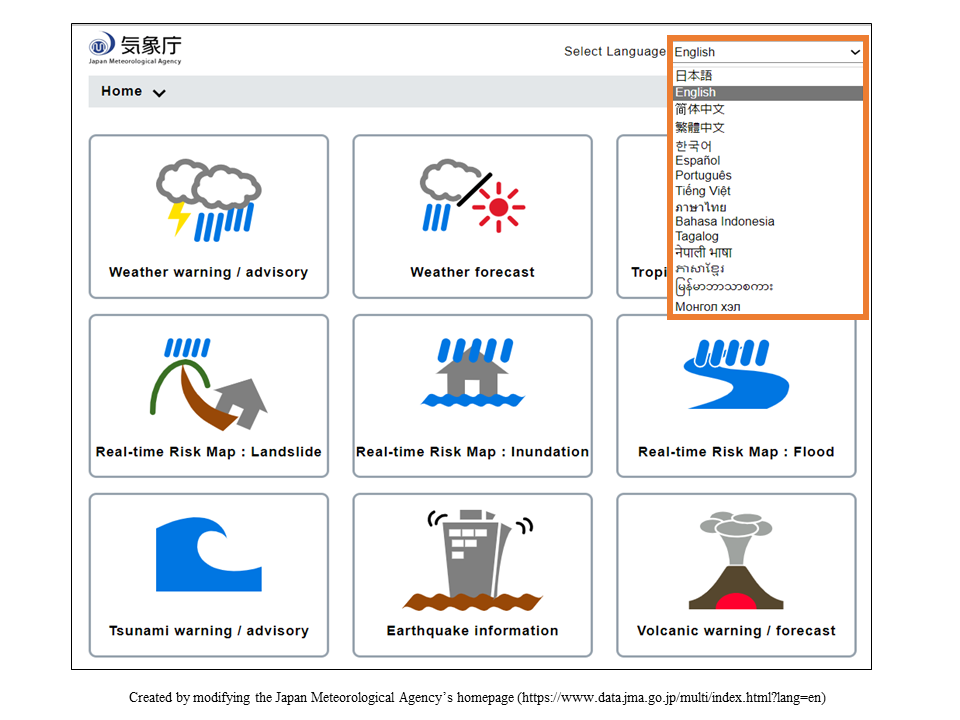
【National】Japan Meteorological Agency Website (14 Languages)
You can find information on earthquakes and tsunamis and the movements of typhoons and rain clouds.https://www.data.jma.go.jp/multi/index.html?lang=jp(Japanese)
https://www.data.jma.go.jp/multi/index.html?lang=en(English)
-
【National】 Safety tips (Japan Tourism Agency)
An app that provides disaster information and teaches you how to evacuate. (14 Languages)
https://tabunka.tokyo-tsunagari.or.jp/info/2024/01/22.html(Japanese)
https://tabunka.tokyo-tsunagari.or.jp/english/info/2024/01/22.html (English)
-
【Tokyo】Tokyo Intercultural Portal Site (TIPS)
A site that posts useful information for foreign residents, including information on disasters and disaster prevention. (Japanese/English: "Understanding natural disasters" in 10 Languages)
https://tabunka.tokyo-tsunagari.or.jp/index.html (Japanese)
https://tabunka.tokyo-tsunagari.or.jp/english/index.html(English)
-
-
-
-
You can get foreign language news through NHK WORLD-JAPAN.
- TV: Broadcast in English 24 hours a day
- Radio: Broadcast in 9 languages through AM radio (NHK Radio 2)
- Website: News available in 20 languages
- App: News available in 19 languages
-
In the event of a disaster, you can see foreign language news in the following ways.
- ①After a typhoon, earthquake or other disaster:
- ②After a Seismic Intensity 5 Lower (shindo 5 jaku) or stronger earthquake has occurred, or there has been a tsunami/major tsunami warning, heavy rain emergency warning or J-ALERT:
- ③When a Tsunami Warning/Advisory has been announced:
- ④When there is an emergency news alert for a typhoon, or there is an earthquake or tsunami warning/advisory:
Where: NHK WORLD-JAPAN app/website Languages: English, Chinese (Simplified/Traditional), Korean, Vietnamese, Arabic, Bengali, Burmese, French, Hindi, Indonesian, Persian, Portuguese, Russian, Spanish, Swahili, Thai, Turkish, Ukrainian and Urdu
Where: NHK WORLD-JAPAN app/website How: An "Emergency Live Streaming Page" will be created and broadcast
special news from NHK General TV with AI-generated English subtitles/audio.Languages: English only
Where: NHK General TV/NHK Educational TV/NHK BS NHK Radio 2 (Tokyo 693kHz 500kw) How: Multilingual broadcast using secondary audio channels, etc. Languages: English, Chinese, Korean, Vietnamese, Portuguese
Where: NHK WORLD-JAPAN app How: Typhoon information will be sent as a news alert. For earthquakes over Seismic Intensity 3 (shindo 3), or over 5 Lower (shindo 5 jaku) (depending on user settings), a push notification will be sent when an earthquake strikes, when there is at least an advisory level alert for tsunamis, or when there is a special warning/advisory for heavy rain and strong winds. Languages: English, Chinese (Simplified/Traditional), Vietnamese, Portuguese, French, Hindi, Indonesian, Korean, Russian, Spanish, and Thai *News alerts are in English only
■NHK WORLD-JAPAN website (NHK: Japan Broadcasting Corporation)
https://www3.nhk.or.jp/nhkworld/en/multilingual_links/ (20 languages including Japanese)
■NHK WORLD RADIO (NHK: Japan Broadcasting Corporation)https://www3.nhk.or.jp/nhkworld/ja/radio/ (17 languages)
■NHK WORLD-JAPAN App (NHK: Japan Broadcasting corporation)https://www3.nhk.or.jp/nhkworld/ja/app/#p-notification(19 languages)
-
You can get foreign language news through NHK WORLD-JAPAN.
-
-
There may not be any interpreters available soon after a disaster has occurred.
If you have trouble communicating, please try using a translation app.
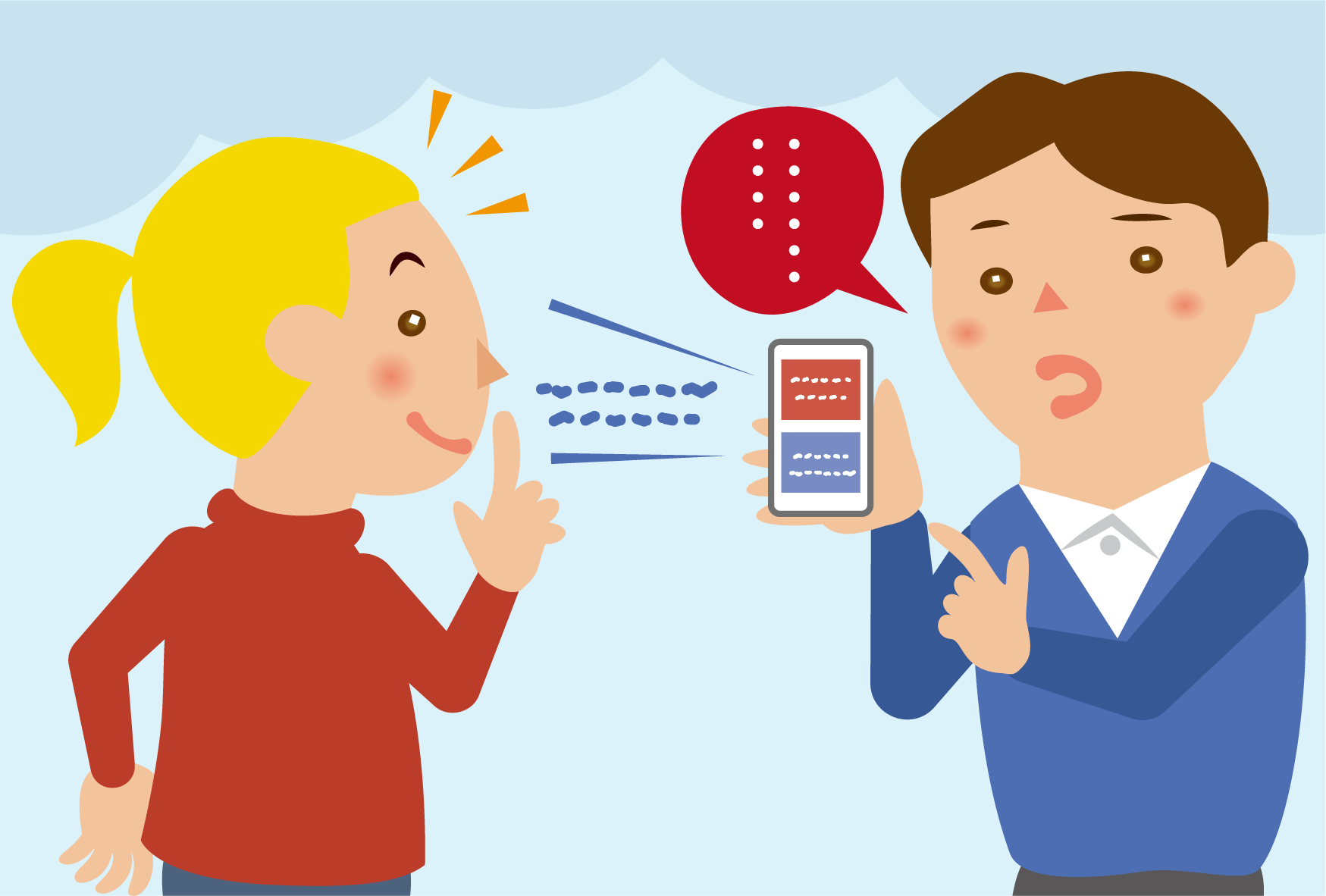
■Multilingual Speech Translation Application "VoiceTra" (National Institute of Information and Communications Technology (NICT) ) (31 Languages)
Download URL:
https://apps.apple.com/jp/app/id581137577(App Store:Japanese)
https://apps.apple.com/app/id581137577(App Store:English)
https://play.google.com/store/apps/details?id=jp.go.nict.voicetra(Google Play:Japanese)
https://play.google.com/store/apps/details?id=jp.go.nict.voicetra&hl=en(Google Play:English)
-
If you still find communication difficult even with a translation app, try to get the help of a Japanese speaker who speaks your language or ask at the city office.
-
-
-
When a major disaster occurs, after some time has passed, you will be able to use Wi-Fi from mobile phone companies, etc.
With your Wi-Fi set to on, select the network name (SSID) "00000JAPAN".
You will not need a password. Anyone can use this Wi-Fi for free.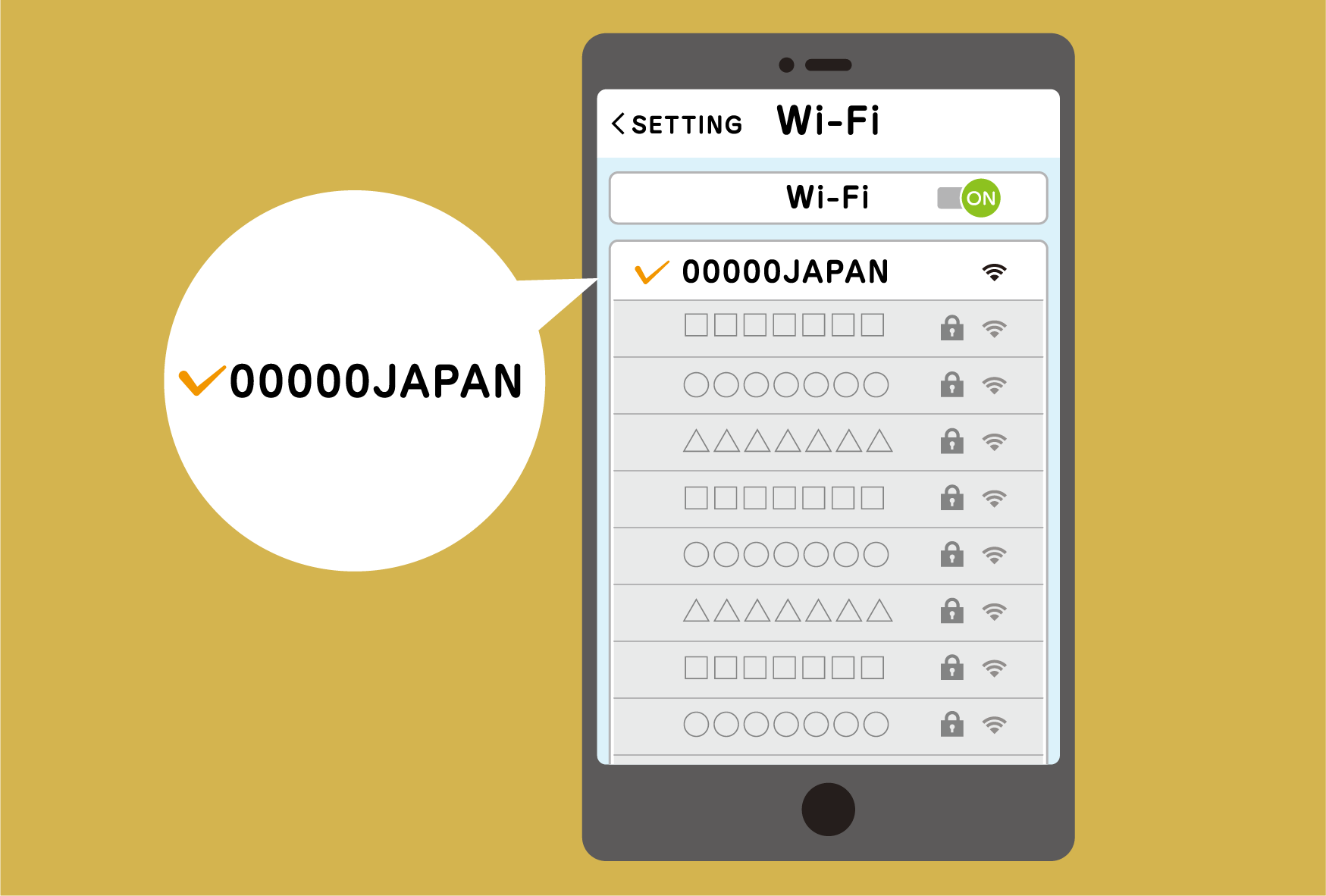
-
You can also use TOKYO FREE Wi-Fi.
■TOKYO FREE Wi-Fi(Tokyo Metropolitan Government)
See the following page for information on where you can use it.
(4 Languages)https://www.wifi-tokyo.jp/ja/ (Japanese)
https://www.wifi-tokyo.jp/(English)
■ TOKYO FREE Wi-Fi (OpenRoaming)(Tokyo Metropolitan Government)https://wi-fi.metro.tokyo.lg.jp/(Japanese)
https://wi-fi.metro.tokyo.lg.jp/en/(English)
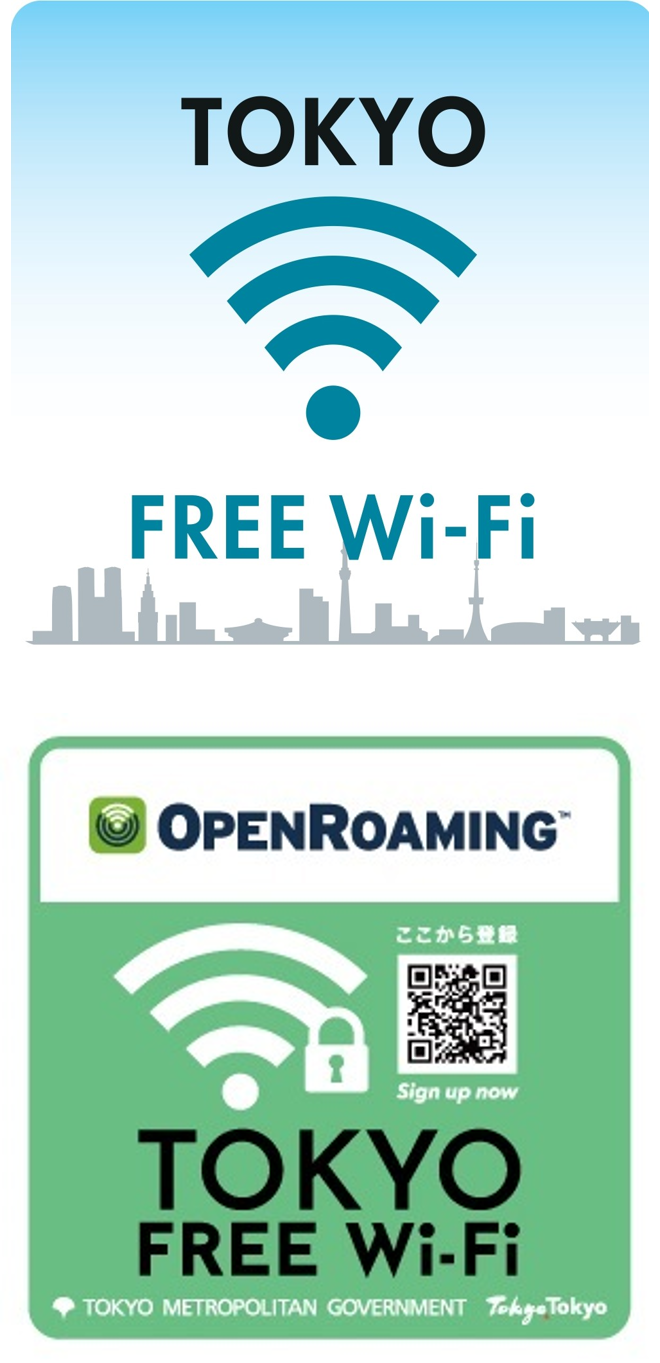
-
This Wi-Fi is available to everyone, so be mindful of security.
-
-
Check the following page for information on the status of postal services.
■Notification and Delivery route status (Japan Post)https://www.post.japanpost.jp/unkou.html (Japanese only)
-
-
Elementary and junior high schools will notify parents about reopening by phone or email. If your phone is broken, let the school know another number they can use.
-
You can also find out at local schools and at Evacuation Centers (hinanjo) near schools.
-
Ask at the city office for the area the school is located in.
-
For other schools, contact them directly.
-
-
When a major disaster strikes, schools may change the planned date or time of the entrance exams. Ask the school for information.
